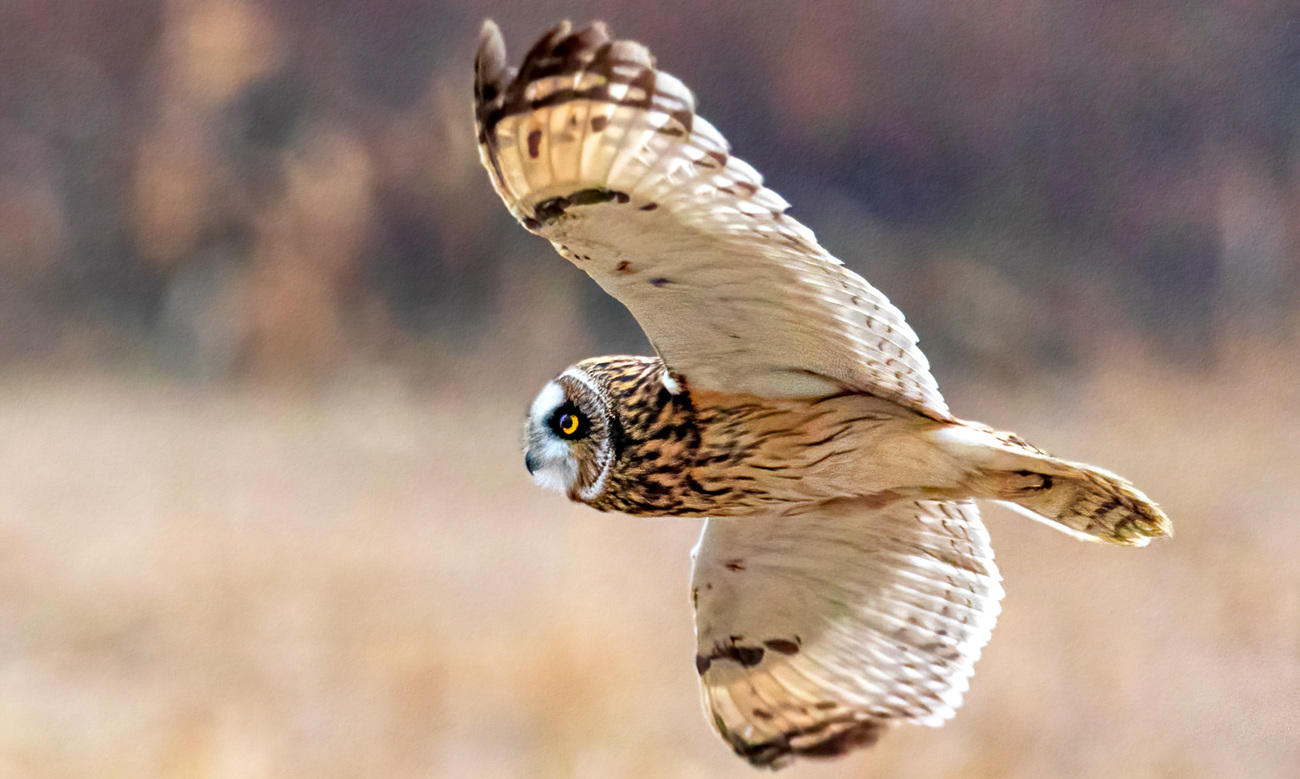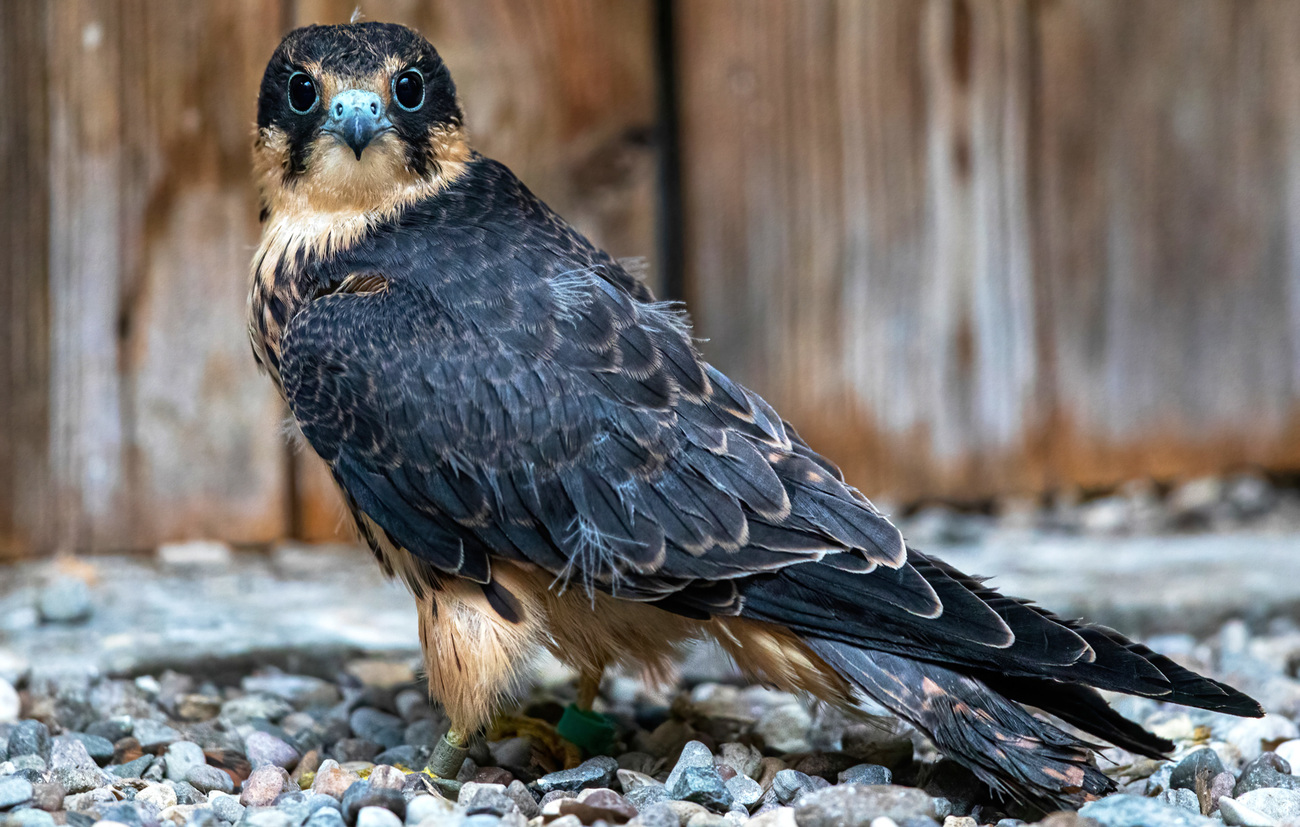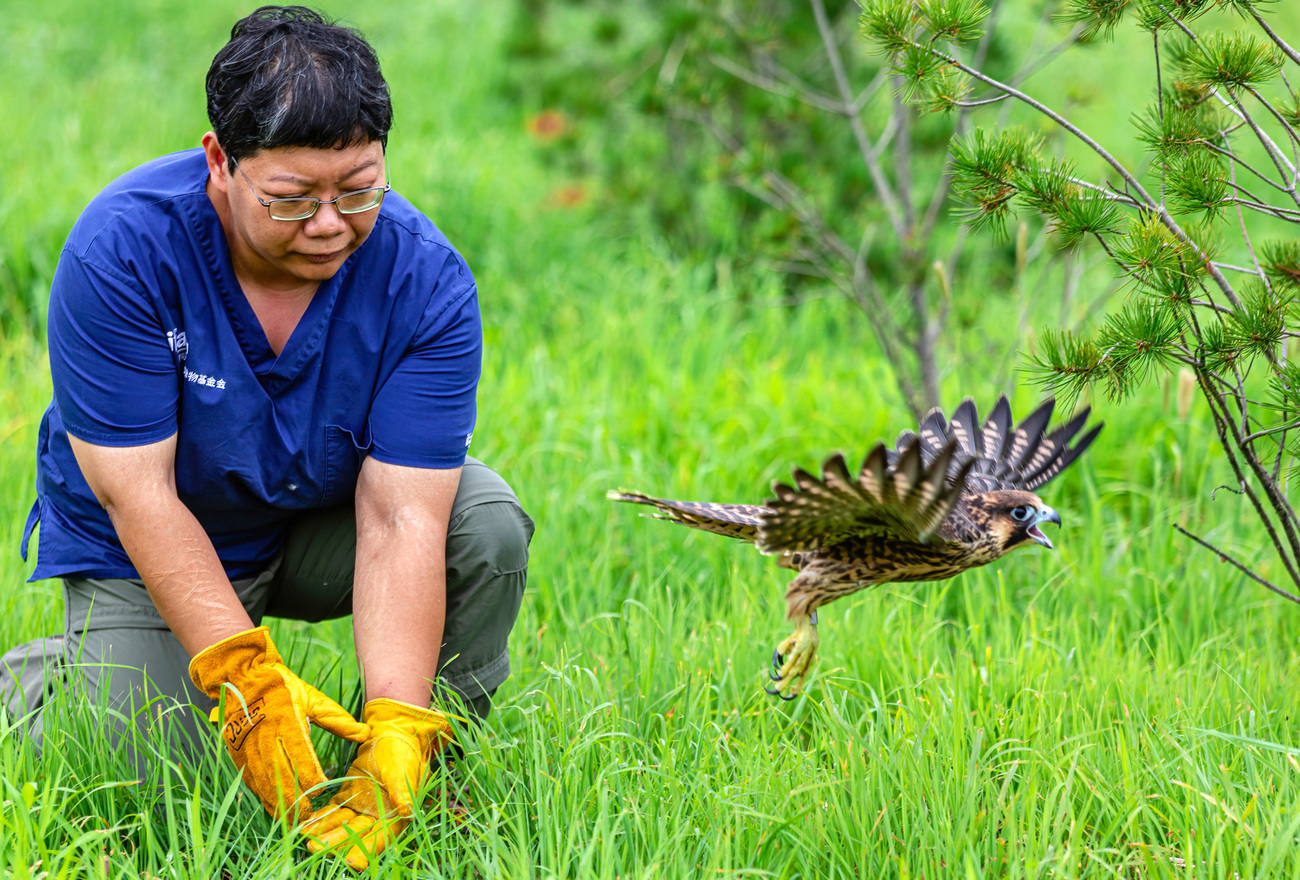Birds of prey
Birds of prey are a group of birds known for their prowess as predators. There are over 560 species of birds of prey, including hawks, owls, eagles, vultures, and falcons, which can be found on every continent on Earth except Antarctica. They hunt small animals, like rodents, rabbits, fish, lizards, and other birds, aided by their acute vision and incredible speed. Their sharp talons and hooked beaks are perfect for grabbing prey from the air, the water, or the ground and carrying it away.
Birds of prey are apex predators and play an important ecological role in maintaining the environmental health of their natural habitats. Their hunting habits remove old, sick, and weak animals from prey populations and help keep their numbers under control.
Birds of prey are also indicator species, which means their health and population in an area reflect the health of the habitat overall. For example, birds of prey numbers will be strong if there are lots of rodents to eat, and if there are lots of rodents, it means plant foods, like seeds and grains, are also abundant.
What is their scientific name and classification?
Birds of prey are also known as raptors, a name that derives from the Latin raptare, which means to seize and carry off. There are two groups of raptors, Falconiformes and Strigiformes.
Hawks, eagles, vultures, and falcons are all Falconiformes. They are diurnal birds of prey, which means they’re awake during the day. Owls make up the other subcategory, Strigiformes, and are nocturnal.
What is their conservation status?
Each of the approximately 560 raptor species has its own conservation status on the IUCN red list. Of these, 18% are considered vulnerable, endangered, or critically endangered, and 13% are listed as near threatened.
Unfortunately, even among the 142 species categorized as least concern, 38% have declining population trends, suggesting they, too, could become threatened in the foreseeable future.
Where do birds of prey live?
Raptors live in almost every type of habitat. Some species even thrive in multiple habitats—for example, the American kestrel can be found in alpine areas, deserts, grasslands, forests, and even human suburbs.
Migratory species occupy multiple habitats, opting for different breeding and non-breeding grounds. Peregrine falcons, for example, winter in South America and breed in the Arctic tundra, where temperatures can plummet as low as -34℃.
For many raptor species, like ospreys, red-tailed hawks, and bald eagles, forests are the preferred habitat, with many living in coniferous forests (containing evergreen trees that bear cones), deciduous forests (with broad-leaved trees that shed all their leaves during one season), or rainforests.
Threats
Sadly, the most severe threats to birds of prey are man-made. Agriculture, urbanization, and deforestation have significantly decreased the size of raptors’ natural habitats.

Habitat loss and degradation
While different species of raptors live in all types of habitats, this doesn’t mean they can survive anywhere. They require wild landscapes with ample plants to feed and attract their prey.
When human activity clears land for building, farming, and other activities, these plants are wiped out, and the birds’ prey leave the area in search of food. Any remaining small animals are likely to be killed by pest control. This forces the raptors to move elsewhere, too, and compete for less food in tighter spaces.
Climate change
Climate change can lead to food shortages as changes in temperature and humidity impact the location and availability of prey. Shifts in weather patterns can also confuse or change the migratory habits of certain raptors, which can impact the whole ecosystem that depends on them.
Man-made threats
Birds of prey are being indirectly poisoned by lead and anticoagulants. When birds feed on prey that contains lead (like a fish that has swallowed a lead sinker or a waterfowl hit with lead ammunition), they ingest the lead, too, and become sick. They’ve also been known to eat rodents that have ingested anticoagulant rat poison.
Large and fast-flying raptors are often killed by colliding with overhead static wires that are difficult for them to spot. Collisions also occur with vehicles, wind turbines, windows, trains, and planes, causing instant death or severe injuries.
Power lines and electrocution also pose a threat to birds of all species, as birds can accidentally complete an electrical circuit by perching or spreading their wings in the wrong place.
Illegal shooting
The illegal shooting of raptors unfortunately happens all over the world, including in the United States and the United Kingdom. Incidents are often connected to land owners and hunting grounds where the raptors are considered to be a threat to the game population. They are also shot for their feathers, eggs, or other parts, which poachers illegally trade.
FAQs
What is a bird of prey?
Birds of prey are characterized by their good vision, sharp talons, and hooked beaks, which they use to hunt and capture their food. With their impressive hunting skills, raptors commonly eat rabbits, rodents, amphibians, reptiles, fish, and other birds.
What do birds of prey eat?
While birds of prey are best known for hunting mice and rabbits, they are actually very adaptable and often eat smaller birds.
Depending on their habitat, raptors will also eat fish, reptiles, amphibians, and sometimes even large insects. Occasionally, if the situation requires it, a bird of prey may eat scavenged food.

What is the largest bird of prey?
The largest Falconiforme bird of prey is the Andean condor, which is unfortunately listed as endangered. It has an impressive wingspan of 3 meters and weighs up to 15 kilograms.
The largest species of Strigiformes, commonly known as owls, is the Blakiston’s fish owl. It stands about as tall as a fire hydrant and has a wingspan of around 2 meters.
What is the smallest bird of prey?
The tiny black-thighed falconet is one of the smallest Falconiforme raptors, with a wingspan of 27-32 centimeters. Even tinier is the elf owl, whose wingspan reaches around 26.5 centimeters and who weighs just 40 grams.
Which birds of prey are the quietest fliers?
Thanks to their specialized feathers that break up airflow and reduce noise levels, owls are the quietest fliers out of all the raptors. They can get very close to their prey before it notices, increasing their chances of a successful hunt.
Do birds of prey migrate?
There are both true migrant and partial migrant species among birds of prey. For partial migrant populations, it’s common for one sex to stay in the same place all year while the other migrates.
Most migrations begin when the days become colder and shorter in the Northern Hemisphere, causing food sources to dwindle as songbirds migrate and small mammals hibernate.
The distance traveled depends on the species. Some will fly just a few hundred kilometers while others will exceed 20,000.
Do birds of prey hunt at night?
There are two types of raptors: the nocturnal (or nighttime) Strigiformes and the diurnal (daytime) Falconiformes. Only owls hunt at night. Falcons, buzzards, eagles, hawks, and vultures are among the diurnal species that are active during the day.
Our work
Beijing is on one of the primary migratory routes for raptors and is home to many of China’s birds of prey. Although China’s Wildlife Protection Law categorizes all raptors as State Class I or II Protected Animals (meaning their hunting, trafficking, and trading is prohibited) like many other birds across the world, raptors in this region are still threatened by loss of habitat, pesticide and rodenticide ingestion, malnutrition, colliding with glass buildings, and illegal wildlife trade.
So, in 2001, IFAW co-founded the Beijing Raptor Rescue Center (IFAW BRRC) with Beijing Normal University (BNU) and was endorsed by the Wildlife Protection Station of the Beijing Forestry Bureau. IFAW BRRC rescues, rehabilitates, and returns to the wild sick and injured birds of prey, as well as those confiscated from the illegal wildlife trade. It is the only designated raptor rescue center in the Beijing Municipality, and it is committed to improving the standards of care for rescued birds of prey in China.

Birds of prey that are admitted to IFAW BRRC routinely suffer from an array of injuries, including orphaned or baby raptors falling from nests, trauma, fatigue due to inadequate prey in the wild, and illegal falconry. However, they are in safe hands. IFAW BRRC is a dedicated bird of prey hospital staffed by professional raptor rehabilitators and veterinarians. Working for over 20 years, our rehabilitators have rescued over 5,800 birds of prey from all over Beijing.
Once the raptors have received treatment for their physical, behavioral, and psychological needs, they are tested to ensure their flying competency has been fully restored and they still retain a natural instinct against humans. Once these boxes are ticked, the bird is released back to the sky, at a time and place carefully selected to optimize its chances of survival in the wild.
More than half of the birds of prey rescued by IFAW BRRC have returned to the sky.
IFAW BRRC continues to monitor the raptors as part of a post-release monitoring program (PRM) to ensure their wellbeing and inform data-driven adjustments to the rehabilitation and treatment process.
During the pandemic, our work didn’t stop. Faced with a multitude of challenges, from sourcing food and medical supplies to keeping staff safe, the IFAW BRRC team sprang into action to ensure the raptors in our care were looked after and could return to the sky as soon as they were able. Learn more about how we ran a wildlife hospital during COVID-19.
How can you help?
IFAW is working to provide the public with information and materials to learn more about the biology, ecology, and conservation of birds of prey. We believe that, through education, we can help drive awareness about the plight of raptors and save even more lives. To support IFAW and the work we do around the world, please consider donating.